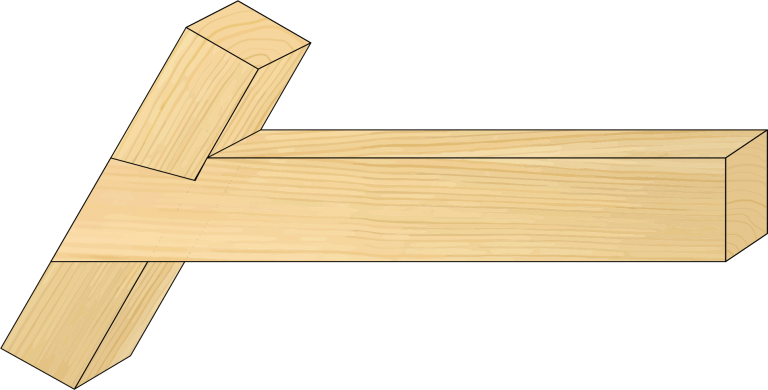
Teaching and learning resources for the construction industry with NVQ and Diploma Assessment Criteria
Aim
Learning outcome
The learner will:
Assessment Criteria
The learner can:
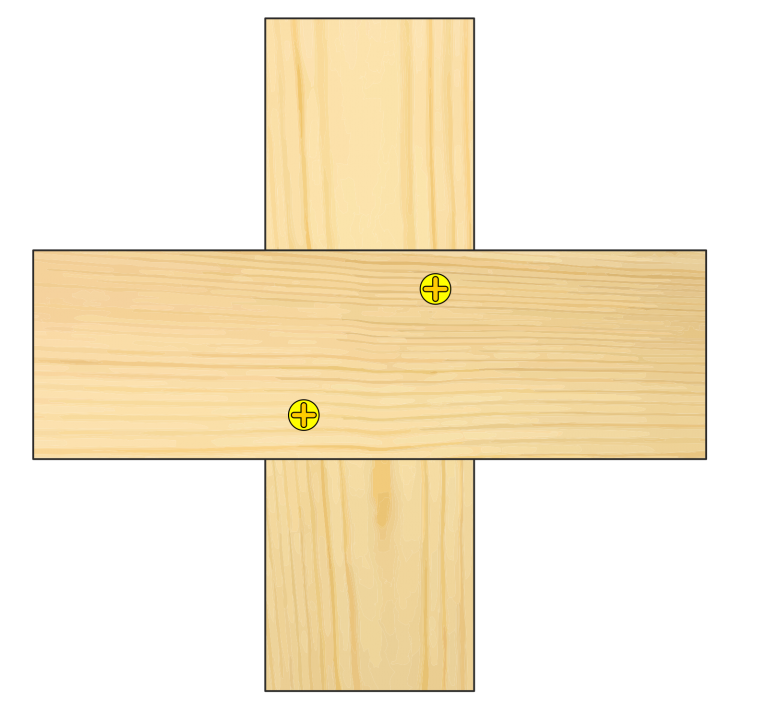
Constructing Cross Halving Joint consists of two pieces of identical dimensions which are joined together to form a Cross Halving Joint or Centre Lap Joint this type of joint is used in furniture or framework.
Half the thicknesses of the wood are removed from both pieces to make a Shoulder and one cheek enabling both pieces to interlock and flush with the face side.
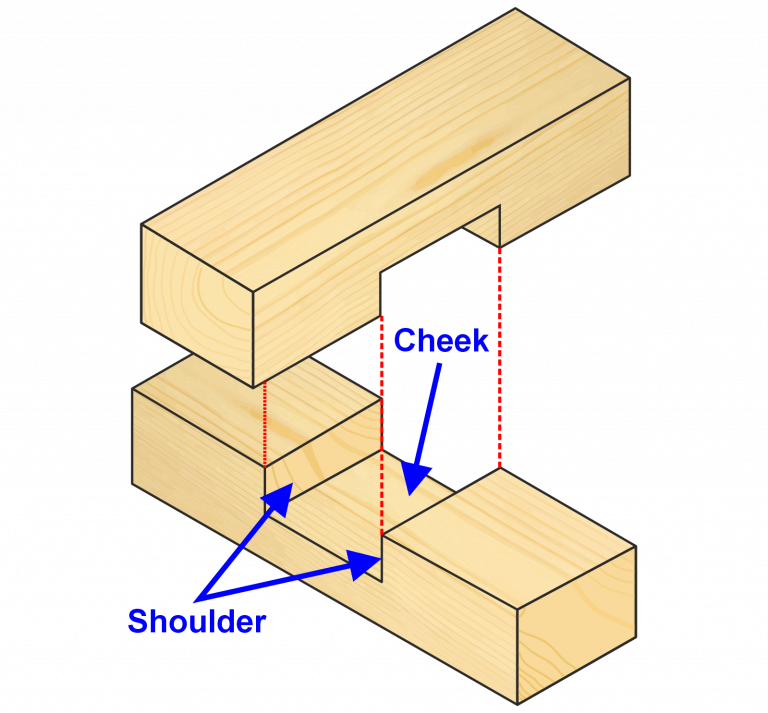
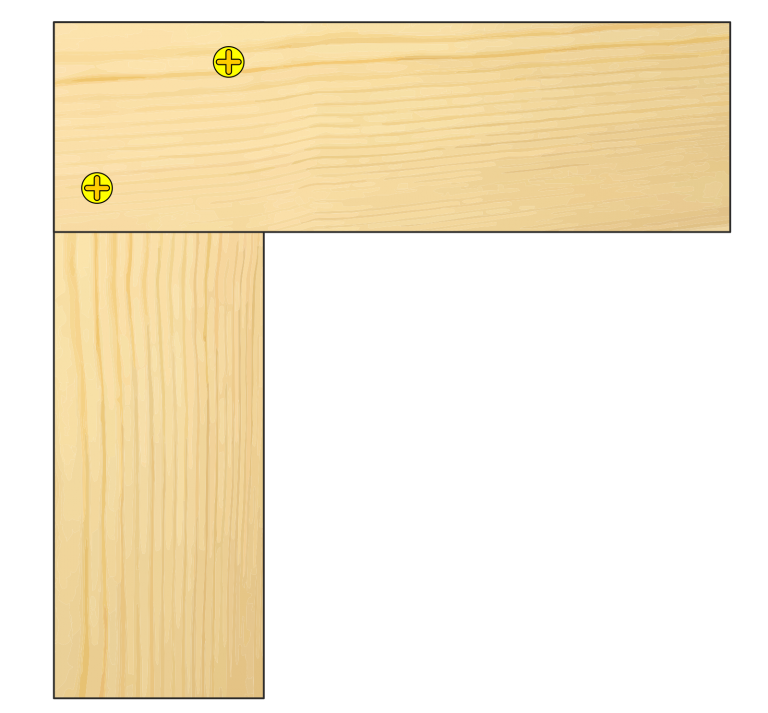
Constructing Halving Joint consists of two pieces of identical dimensions which are joined together to form a Cross Halving Joint or Centre Lap Joint this type of joint is used in furniture or framework.
Two Shoulders are cut to the width of the wood and a depth of half the wood, the wood between the two Shoulders is removed to form a cheek enabling both pieces to interlock and are flush with the face surface.
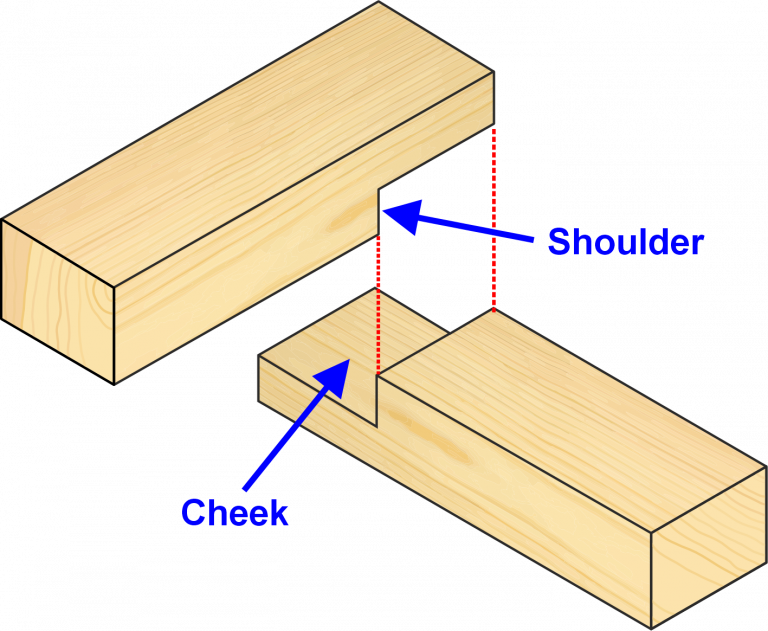
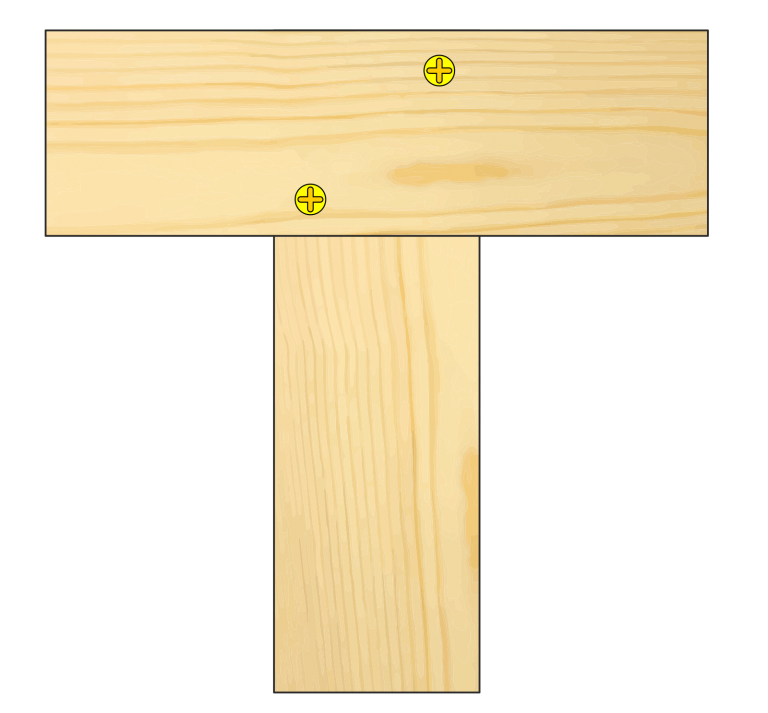
Tee Halving is constructed as the name suggests is shaped like a Tee, the top part of the tee is constructed as a cross halving and the other part the same as a Corner Halving which is interlocked to form a shape of a tee.
A stronger Halving joint can be created by shaping the shoulders like a dovetail.
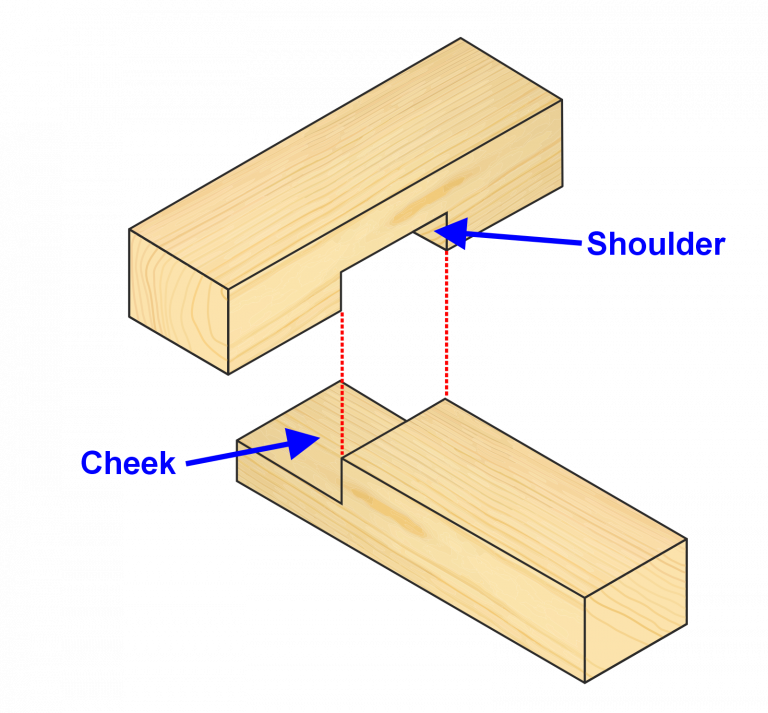
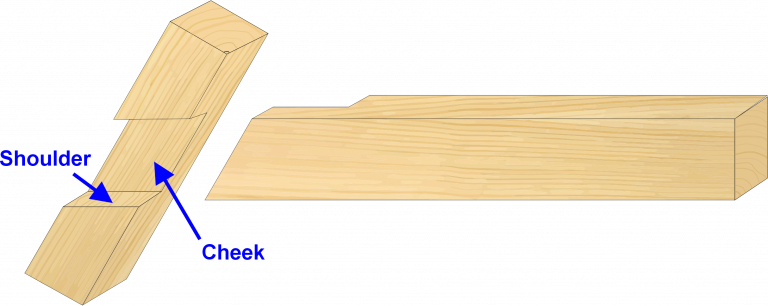
Angled Half-lap Joint sometimes called Angled T Half-lap Joint is very similar to the Tee Halving Joint previously mentioned.
The top part of the tee is angled less than 90° forming an italic T shape Angled Halving Joint.
Both components have the same depth for their soldier cuts forming Angled Halving Joint, which are glued and pinned together.
This type of joint is used to form shelving brackets or wooden squares for setting out purposes.
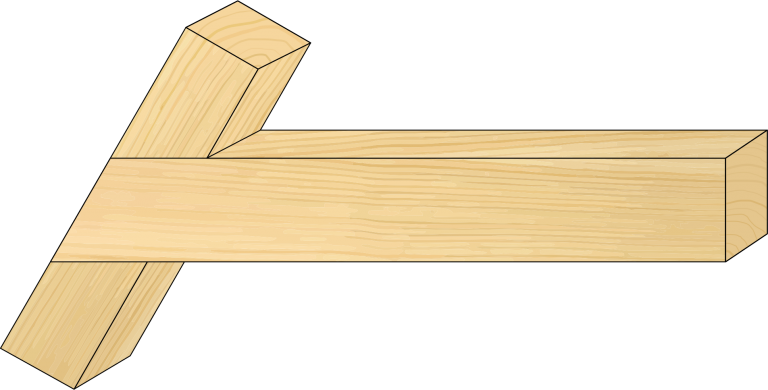
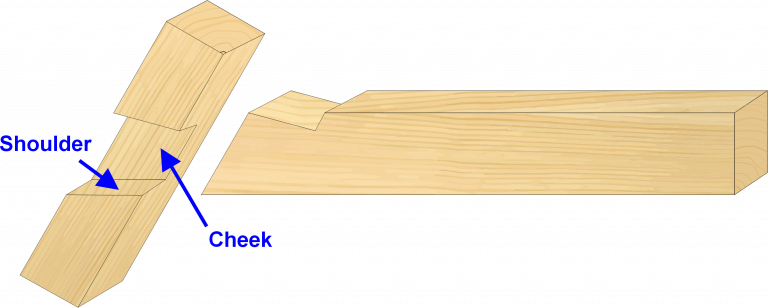
Angled Haft-Dovetail Lap Joint sometimes called Angled T Haft-Dovetail Lap Joint, the Joint is very similar to Angled Half-lap Joint previously mentioned, is remarkably stronger than Halving Joint.
Due to its wedge shape, the dovetail is extremely effective at locking parts together, in your assessment piece for Unit 104 you need to construct a timber square using Halving Joint in the corner and two Angled Haft-Dovetail Lap Joint.
